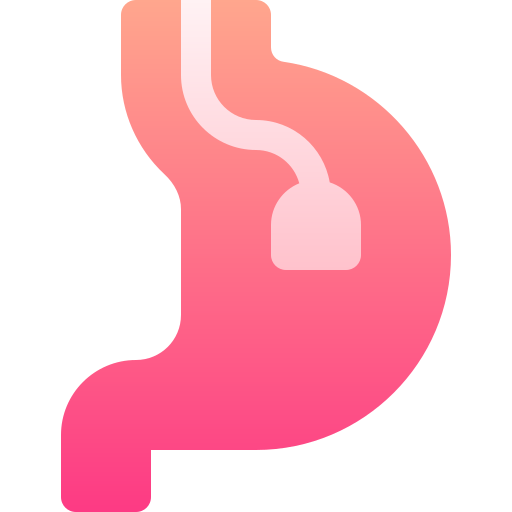HomeProceduresEndoscopy
Overview
With the use of an endoscopy, a doctor can examine the interior of a patient’s body without having to conduct extensive surgery. A long, flexible tube called an endoscope (also known as a fibrescope) has a lens at one end and a camera at the other.
The patient receives the end with the lens. The relevant area is illuminated by light travelling down the tube (through bundles of optical fibres), which the video camera then magnifies and projects onto a television for the doctor to see. Typically, one of the body’s natural openings, like the mouth, urethra, or anus, is used to implant an endoscope.
Simple surgical procedures including finding, sampling, or removing tumours from the lungs and digestive tract are carried out using endoscopes with special designs.
Simple surgical procedures including finding, sampling, or removing tumours from the lungs and digestive tract are carried out using endoscopes with special designs.
1- Finding and removing foreign items from the stomach and respiratory systems.
2- Obtaining tiny samples of tissue for testing (biopsy).
3- Removing bile duct stone obstructions.
4- Putting tubes (stents) through obstructions in the oesophagus, colon, duodenum, or bile duct.
Endoscopy procedure
The type of endoscopy and anaesthesia selected will determine the particular procedure that is employed. Sedation or a general anaesthetic are both options.
It is done by inserting the endoscope through a natural aperture. The diagnosis may be all that the doctor offers. Additionally, they could extract a tissue sample (biopsy) for later laboratory examination.
As an alternative, your doctor might also perform minor surgery concurrently. For instance, they might remove a stone from a bile duct or insert a stent over a tumour that is blocking the duct. The endoscope is taken out after the endoscopy is finished.
Immediately after the endoscopy
After the endoscopy, you can expect:
In most cases, you are kept under observation for just an hour or so.
If you have been given general anaesthetic, you are monitored for longer.
Some types of endoscopic procedures, such as ERCP, may require an overnight hospital stay to make sure all is well.
You are given pain relief, if necessary.
You need someone else to drive you home, or else catch a taxi, because of the effects of medication during surgery.
Where to get help?
Contact Healer's Staff for a hassle free Endoscopy Procedure.
Things to remember
- With the use of an endoscopy, a doctor can examine and monitor the interior of a patient's body without resorting to significant surgery.
An endoscope is a long, typically flexible tube containing a camera and lens at either end.
Typically, one of the body's natural openings, like the mouth, urethra, or anus, is used to implant an endoscope.

